What is Open VPN: The Definitive User Guide


Did you know that OpenVPN is the most secure VPN protocol available today? What even is a VPN protocol? In this article, I'll dive into OpenVPN, exploring its benefits, how it works, and why so crucial to learn. With my 15 years of experience in the IT industry, I'll guide you through this complex topic, making it easy and understandable.
OpenVPN High Level Explanation
OpenVPN is an open-source software application that implements virtual private network (VPN) techniques.
It's designed to create secure point-to-point or site-to-site connections in routed or bridged configurations.
If you want to use OpenVPN, just make sure to choose a VPN provider that supports OpenVPN.
Is OpenVPN Safe to Use?
Yes, OpenVPN is safe to use.
It utilizes advanced encryption protocols to secure your data.
This means that even if a hacker intercepts your data, they won't be able to understand it.
Moreover, OpenVPN doesn't log your internet activity, further enhancing your privacy.
How Fast Is OpenVPN?
OpenVPN operates at an impressive speed, considering its robust security measures.
It's important to note that while speed can vary based on several factors, OpenVPN remains a reliable choice for many.
Factors such as server location, Internet Service Provider (ISP), and your physical location can impact speed.
When Should You Use OpenVPN?
You should use OpenVPN when seeking a high level of security and privacy online.
It's ideal for accessing geo-restricted content, too.
OpenVPN's robust encryption algorithms make it a top choice for sensitive data transmission.
What are the benefits and disadvantages of OpenVPN?
OpenVPN boasts a myriad of benefits.
Benefits
Primarily, it provides a high level of security for your online activities, courtesy of its robust encryption protocols.
You can surf the web anonymously, thus protecting your privacy.
Moreover, OpenVPN is compatible with a wide range of devices and platforms, offering flexibility.
Despite being open-source, it has an active community that constantly works on updates, enhancing its security and performance.
Lastly, it's capable of bypassing internet censorship, giving you unrestricted access to the web.
Disadvantages
OpenVPN isn't without its drawbacks.
One significant disadvantage is its complexity, which can be overwhelming for beginners.
It requires more technical knowledge to set up compared to other VPN services.
Additionally, OpenVPN's speed can be slower than its counterparts due to its high encryption level.
Lastly, it may not be compatible with all devices, limiting its usage.
What's the Difference Between OpenVPN and Other VPN Protocols?
OpenVPN vs. WireGuard®
OpenVPN and WireGuard® are both popular VPN protocols, each with unique strengths.
While OpenVPN is renowned for its robust security and extensive compatibility, WireGuard® shines with its simplicity and speed.
On the other hand, WireGuard® is gaining ground due to its modern, lean, and easy-to-audit codebase.
In essence, the choice between OpenVPN and WireGuard® often boils down to specific use-case requirements and personal preferences.
OpenVPN vs. SoftEther
OpenVPN and SoftEther are both highly regarded VPN protocols, but they differ in several ways.
OpenVPN, an open-source protocol, is lauded for its balance of speed and security.
In contrast, SoftEther, also an open-source software, boasts a higher speed and more flexibility.
It supports a larger number of encryption algorithms and VPN protocols, making it more versatile.
OpenVPN vs. PPTP
OpenVPN and PPTP are both VPN protocols, but they differ substantially.
OpenVPN, an open-source protocol, is lauded for its robust security and high adaptability.
On the other hand, PPTP, standing for Point-to-Point Tunneling Protocol, is older and less secure but offers faster speeds.
While OpenVPN's security makes it a popular choice, PPTP's speed may appeal to some users despite the reduced security.
OpenVPN vs. L2TP/IPSec
OpenVPN and L2TP/IPSec are two different VPN protocols, each with its own strengths and weaknesses.
While OpenVPN is renowned for its high security levels and open-source nature, L2TP/IPSec is noted for its compatibility with various devices.
In contrast, L2TP/IPSec, although slower, is easier to set up and use, making it a viable option for beginners.
Ultimately, the choice between OpenVPN and L2TP/IPSec depends on your specific needs and technical skills.
OpenVPN vs. IPSec
OpenVPN and IPSec are fundamentally different in their approach to secure network connections.
IPSec, a suite of protocols, secures data at the network or packet processing layer of network communication.
On the other hand, OpenVPN, an open-source VPN protocol, operates at the application layer.
This means OpenVPN can offer better compatibility across devices and networks, making it a popular choice.
OpenVPN vs. SSTP
OpenVPN and SSTP are both VPN protocols, but they differ in several ways.
OpenVPN, an open-source protocol, offers robust security and high performance.
It's compatible with various platforms and allows bypassing of network firewalls.
On the other hand, SSTP, a Microsoft protocol, provides secure access even on networks with strict restrictions.
Choosing between OpenVPN and SSTP depends on your specific needs and circumstances.
OpenVPN vs. IKEv2/IPSec
OpenVPN and IKEv2/IPSec serve the same purpose but differ in their operation.
OpenVPN, an open-source protocol, offers a balance of speed and security, and it's highly configurable, making it a popular choice.
On the other hand, IKEv2/IPSec is a protocol suite that's faster and more reliable, especially for switching networks, but it's not as widely supported as OpenVPN.
Each has its pros and cons, so your choice depends on your specific needs and the nature of your network environment.
FAQ
What does OpenVPN do?
OpenVPN serves as a secure tunnel for your internet traffic.
It's a protocol that uses encryption to ensure data sent and received over the internet remains private.
Operating on a client-server model, it allows users to securely access a private network from remote locations.
So, whether you're halfway across the world or just in a coffee shop, OpenVPN keeps your online activities safe from prying eyes!
Is OpenVPN free?
Yes, OpenVPN is free to download and use.
OpenVPN is open-source, meaning its code is available for anyone to inspect or improve, promoting transparency and security.
Despite being free, it's considered one of the most secure VPN protocols available today.
Why is OpenVPN so expensive?
OpenVPN's cost is attributed to its top-notch security and privacy features.
Its robust encryption protocols and ability to bypass geo-restrictions make it a premium choice.
It's a comprehensive package that justifies the price tag, considering the level of internet freedom and safety it provides.
Does OpenVPN hide your IP?
Yes, OpenVPN does indeed hide your IP address.
By routing your internet traffic through a secure, encrypted tunnel, it masks your real IP with one from the VPN server.
This makes it exceedingly difficult for anyone, including your ISP or potential hackers, to track your online activities.
Is OpenVPN as safe as NordVPN?
OpenVPN matches NordVPN's safety measures.
OpenVPN, like NordVPN, uses AES-256 encryption - the highest level available.
So, while OpenVPN is safe, NordVPN offers a bit more in terms of security tools.
References
wikipedia.orgopenvpn.net
Read more
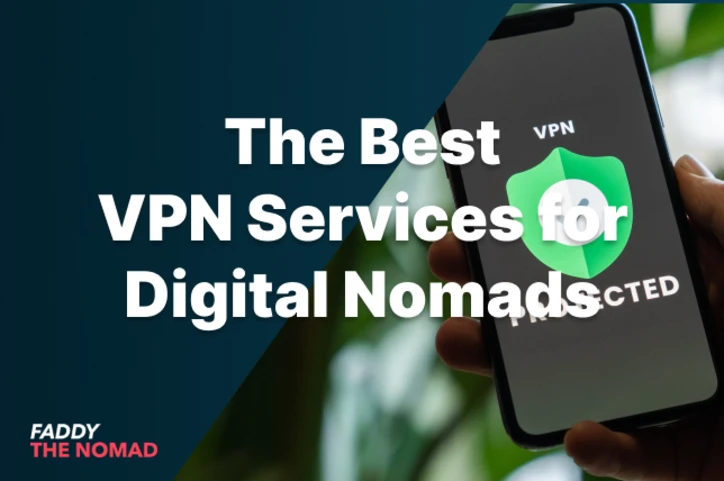
The 7 Best VPN Services in 2023 for Digital Nomads
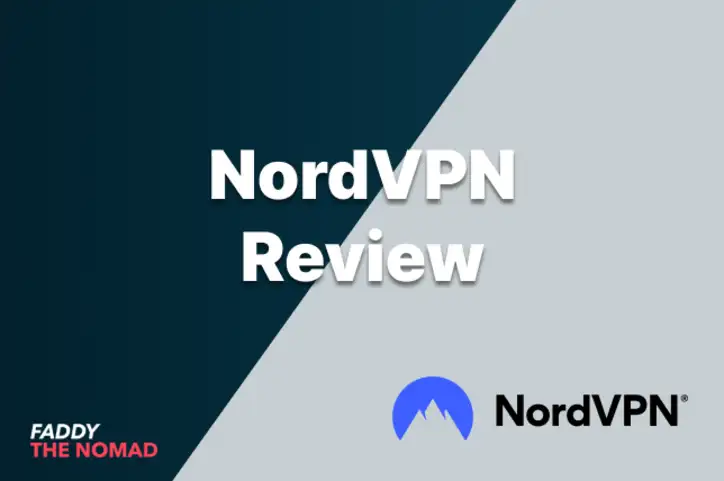
NordVPN Review 2023: Is It Worth The Hype?
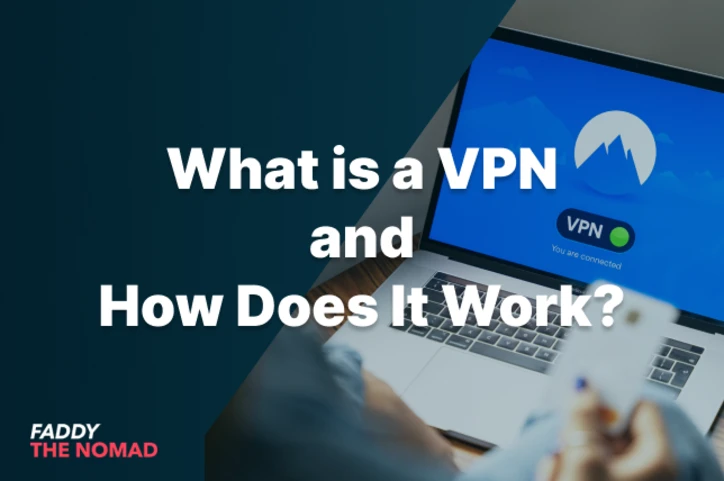
What is a VPN and How Does It Work?
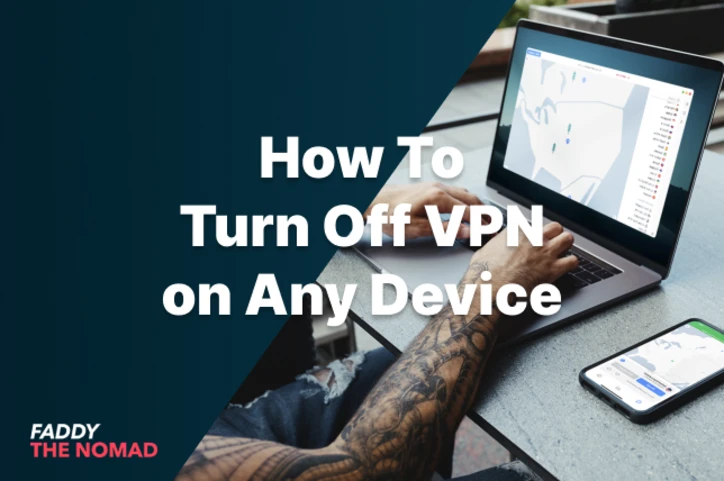
How To Turn Off VPN on Any Device
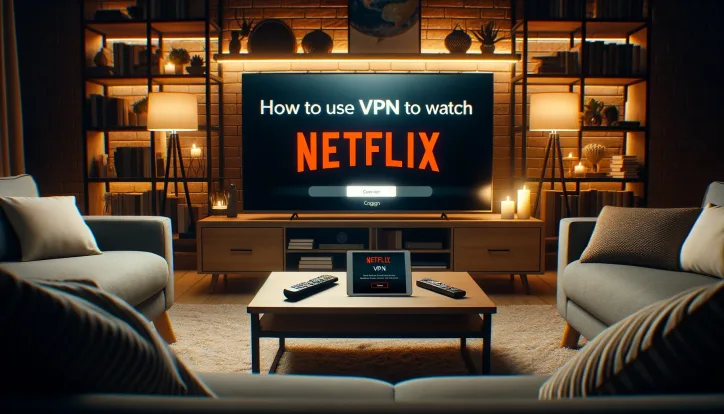
How to Use Netflix with VPN: Guide for Nomads & Travelers

What is a VPN on iPhone: Why You Absolutely Must Have One

What Does a VPN Hide? Answer: Most Things But Not Everything
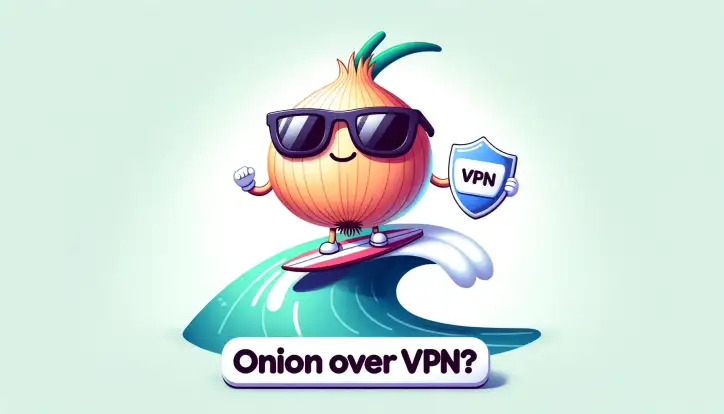
What is Onion Over VPN: The Ultimate Online Protection?

How to Use VPN on Xbox: An Easy Step by Step Guide
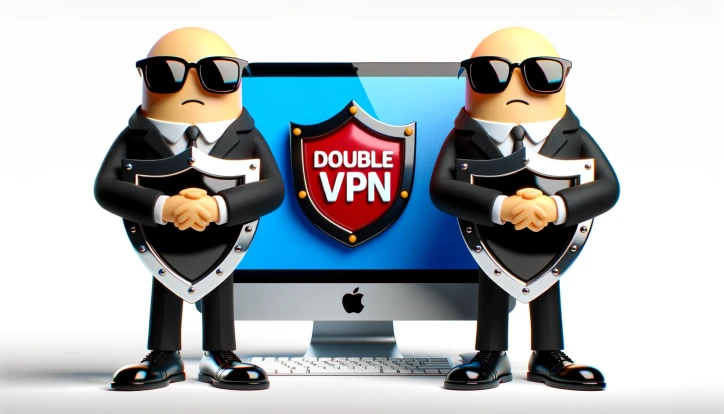
What is Double VPN? A Comprehensive Guide for Beginners

What is P2P VPN: A Comprehensive Guide for Digital Nomads
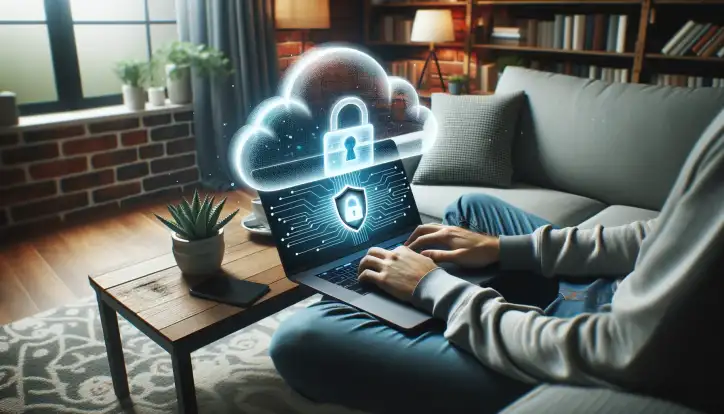
Why Use a VPN at Home: Top 7 Reasons You Didn't Know About
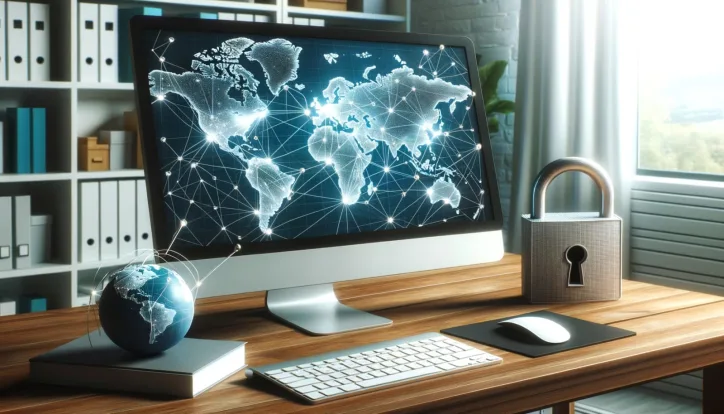
How Secure is a VPN: An In-Depth Analysis

What is a VPN Router? A Beginner's Guide

How Do I Know My VPN is Working? Here's How to Check

How to Use a VPN on a School Chromebook: Step-by-Step Guide


